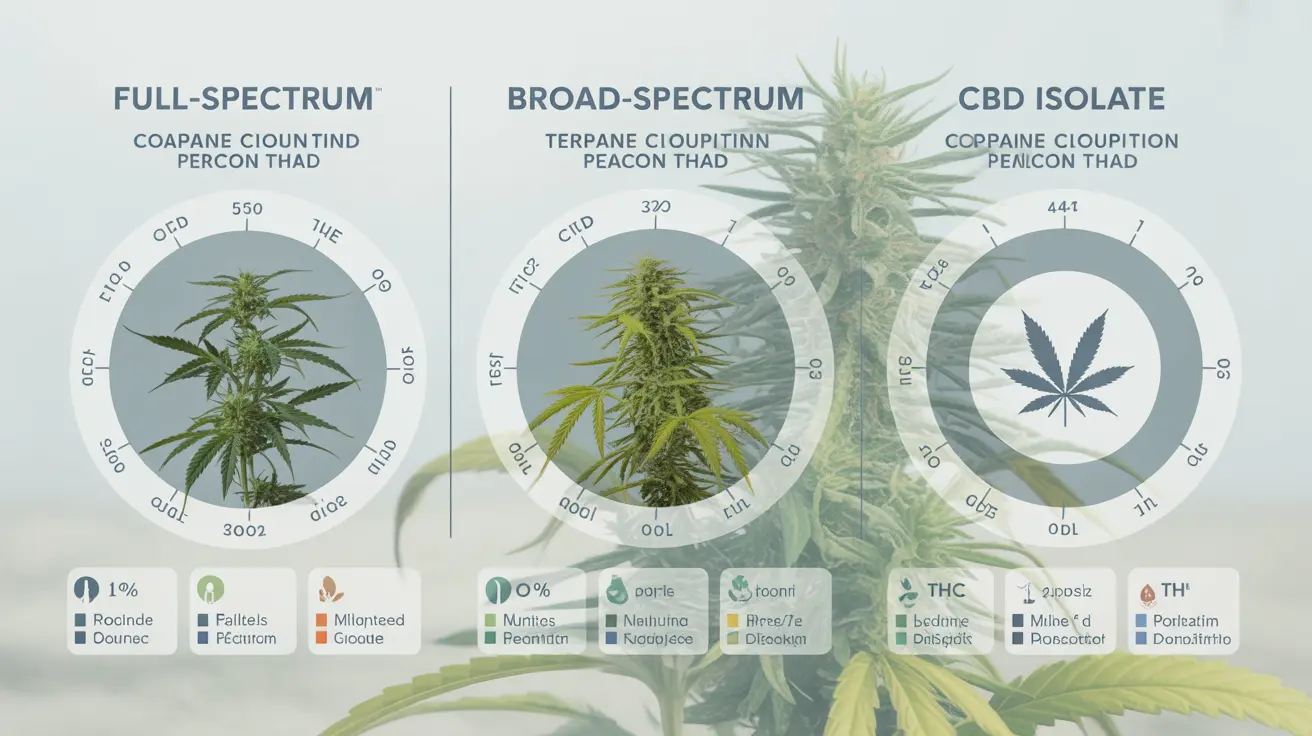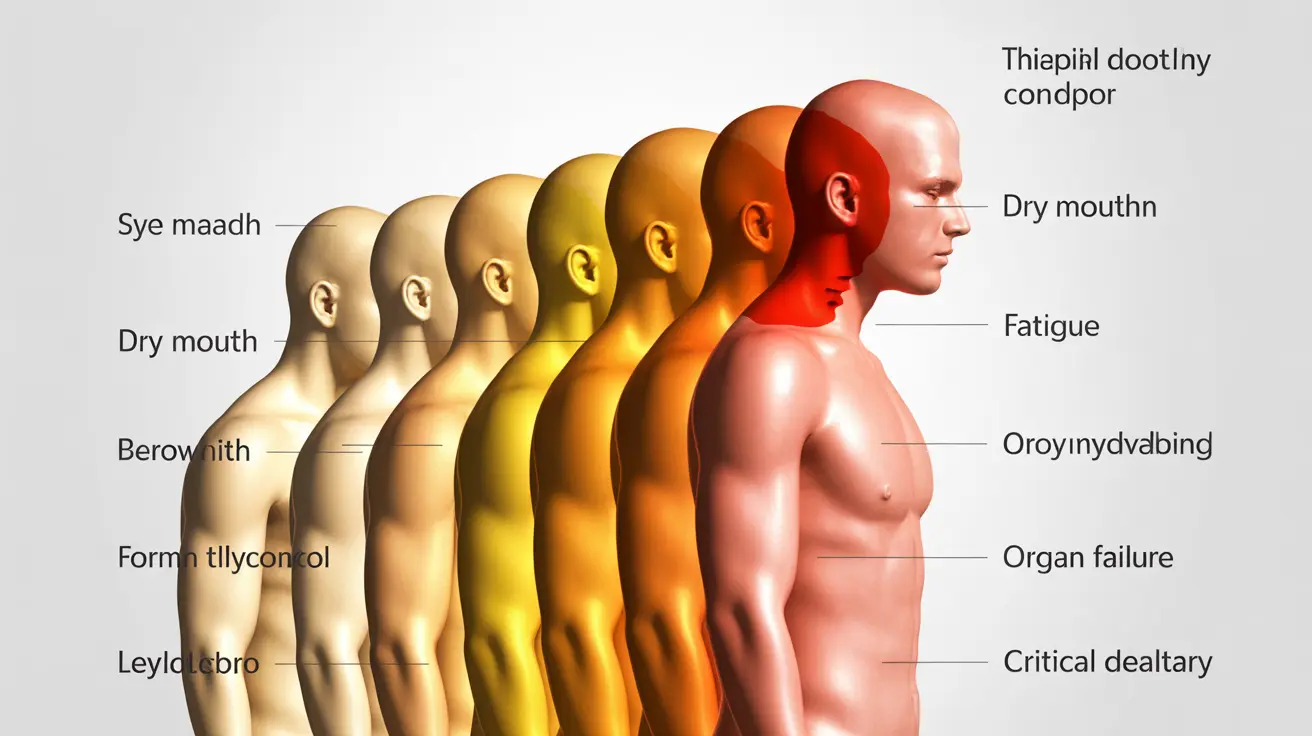GetLabTest News
Symptom Analysis
Interpreting Test Results
Diseases & Symptoms
Health Queries Answered
All
Latest
Climate Considerations for Multiple Sclerosis Management: Finding Your Optimal Environment
Discover the best climate for multiple sclerosis and learn effective strategies for managing symptoms in any environment. Get expert insights.

Discover how to get bigger arms with targeted exercises, nutrition, and training strategies for biceps and triceps.
Health Queries Answered
min read

Explore the types of CBD products: full-spectrum, broad-spectrum, and isolate. Find your best fit.
Health Queries Answered
min read

Explore if lemon water is good for pregnant women, its benefits, and safe consumption guidelines to ease pregnancy symptoms.
Diseases & Symptoms
min read

Discover how long you can survive without water and the factors that affect dehydration. Stay informed.
Health Queries Answered
min read
